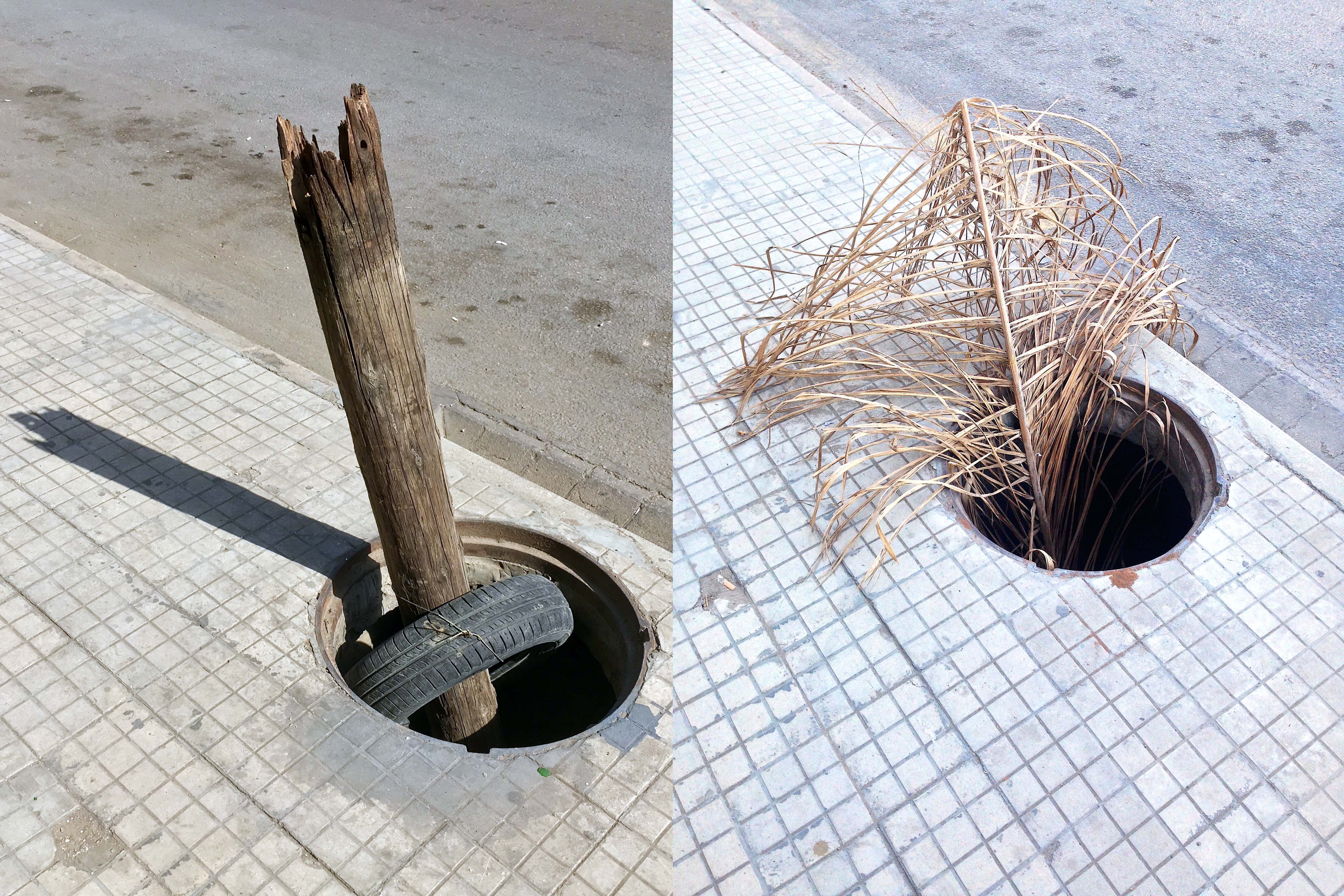by Rayyane Tabet & Eungie Joo
July 5-21, 2022
This chapter will be held online.
Register here.
con·ver·sa·tion (känvərˈsāSH(ə)n) noun: a talk, especially an informal one, between two or more people, in which ideas are exchanged.
This chapter is structured around a series of conversations with artists, focusing on the idea of a conversation as a place of gathering, and a way of thinking and working.
Each session will begin with a presentation by the invited guest on a work, an exhibition, or an idea, followed by a conversation with the participants moderated by Eungie Joo and Rayyane Tabet.
At the end of each session, the invited guest(s) will share a list of books, film, sounds or any suggested material for further research. This material will be compiled to form a collective bibliography, filmography, and sound library.
The first session will introduce the chapter’s conceptual framework and explore the work of the lead artists; the second session will turn the conversation over to the participants, to put them and their practices in dialogue with each other. From there on out, the lead artists alongside the participants will be in conversation with the invited guests.
Week 1
Tuesday July 5, 2022
4:00–6:30 PM (GMT+3)
A conversation with Eungie Joo and Rayyane Tabet
Wednesday July 6, 2022
4:00–6:30 PM (GMT+3)
A conversation with the participants
Thursday July 7, 2022
4:00–6:30 PM (GMT+3)
A conversation with Dave McKenzie
Week 2
Tuesday July 12, 2022
4:00–6:30 PM (GMT+3)
A conversation with Tanya Lukin Linklater and Duane Linklater
Wednesday July 13, 2022
4:00–6:30 PM (GMT+3)
A conversation with Tavares Strachan
Friday July 15, 2022
4:00–6:30 PM (GMT+3)
A conversation with Alia Farid
Week 3
Tuesday July 19, 2022
4:00–6:30 PM (GMT+3)
A conversation with Haegue Yang
Wednesday July 20, 2022
5:00–7:30 (GMT+3)
A conversation with Tuan Andrew Nguyen
Thursday July 21, 2022
4:00–6:30 PM (GMT+3)
A conversation with Tania Pérez Córdova
Eungie Joo is curator of Contemporary Art at the San Francisco Museum of Modern Art, where she organized SOFT POWER (2019) a group exhibition looking at the role of artists as citizens and social actors. She was formerly Keith Haring Director and Curator of Education and Public Programs at the New Museum, where she led the Museum as Hub initiative and organized the 2012 New Museum Generational Triennial: The Ungovernables. Joo was Artistic Director of the 5th Anyang Public Art Project/APAP 5 (2016); Curator of Sharjah Biennial 12: The past, the present, the possible (2015); and commissioner of the Korean Pavilion at the 53rd Venice Biennale, Condensation: Haegue Yang (2009).
Drawing from experience and self-directed research, Rayyane Tabet explores stories that offer an alternative understanding of major socio-political events through individual narratives. Informed by his training in architecture and sculpture, his work investigates paradoxes in the built environment and its history by way of installations, interventions and performances that reconstitute the perception of physical and temporal distance.
Dave McKenzie uses video, performance, and text to explore how and why subjects engage-with and become-with one another. Through simple gestures and an exploration of popular culture, language, and politics, McKenzie's work reveals complex layers of meaning.
Tanya Lukin Linklater's performances, works for camera, installations, and writings center histories of Indigenous peoples’ lives, lands, and structures of sustenance. Her performances in relation to objects in exhibition, scores, and ancestral belongings generate what she has come to call felt structures. She investigates insistence in both concept and application.
Duane Linklater’s practice is concerned in part with the exploration of the physical and theoretical structures of the museum in relation to the current and historical conditions of Indigenous people and their objects and forms. These explorations are articulated in a myriad of forms including sculpture, photography, film and video, installation, and text works.
Tavares Strachan’s practice activates the intersections of art, science, and politics, offering uniquely synthesized points of view on the cultural dynamics of scientific knowledge. Aeronautics, astronomy, deep-sea exploration, and extreme climatology are but some of the thematic arenas out of which Strachan creates monumental allegories that tell of cultural displacement, human aspiration, and mortal limitation.
Alia Farid’s multidisciplinary practice uses video, drawing, installation and public intervention to explore various issues which habitually go unnoticed. Drawing upon her observations of her two countries of origin, Kuwait and Puerto Rico, she interrogates the impact of complex colonial histories, the influence of modern politics, the persistence of tradition and strategies of survival in the global south.
Haegue Yang seeks to communicate without language in a primordial and visual way: often complementing her vocabulary of visual abstraction with sensory experiences that include scent, sound, light and tactility. Combining industrial fabrication and folk craftsmanship, Yang explores the affective power of materials in destabilizing the distinction between the modern and pre-modern.
Tuan Andrew Nguyen’s practice explores strategies of political resistance enacted through counter-memory and post-memory. Extracting and re-working narratives via history and supernaturalisms is an essential part of Nguyen’s video works and sculptures where fact and fiction are both held accountable.
Tania Pérez Córdova’s quiet and contemplative works relate to temporality and the lifespan of objects. With her installations having often been likened to film sets, she uses language to situate each work within a larger narrative, forgoing the autonomy of objects in favor of their integral role within a nexus. Her practice spans across media, incorporating sculpture, photography, found objects, and activation or performance.









